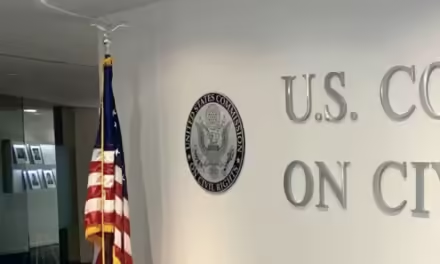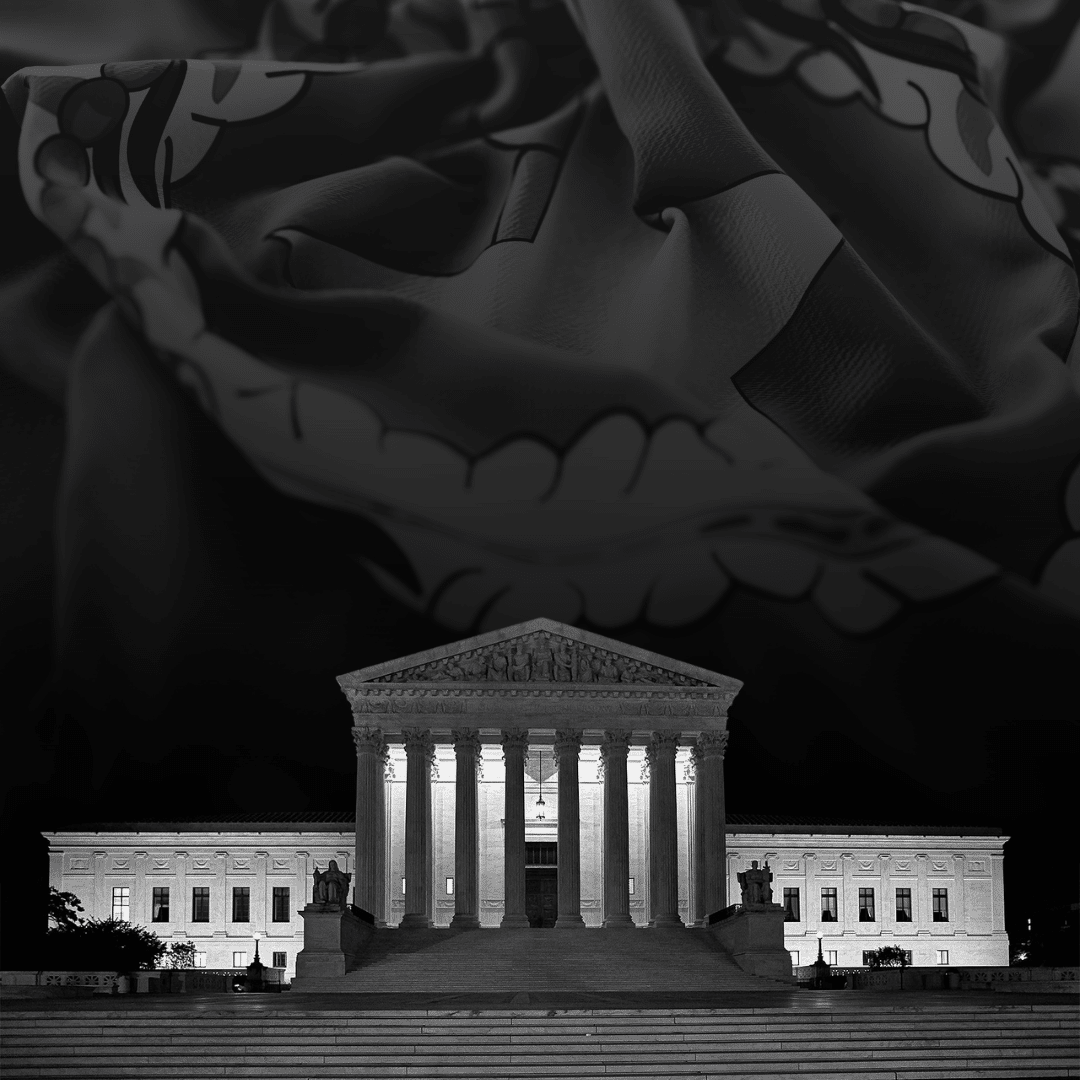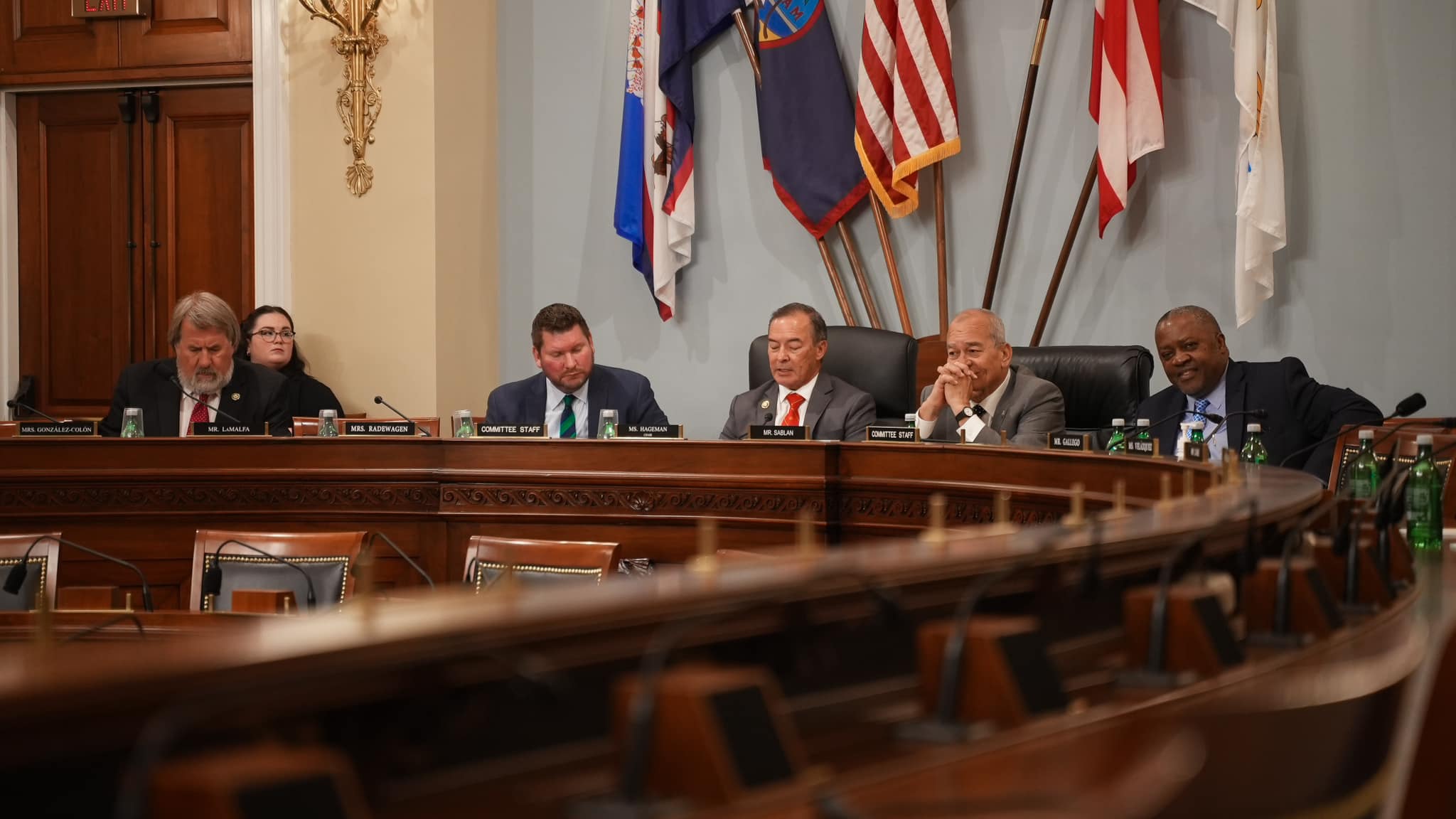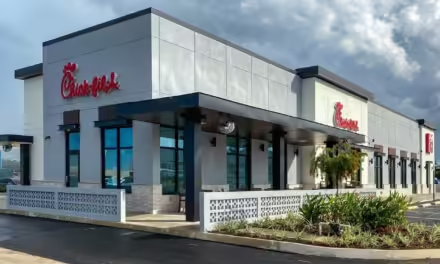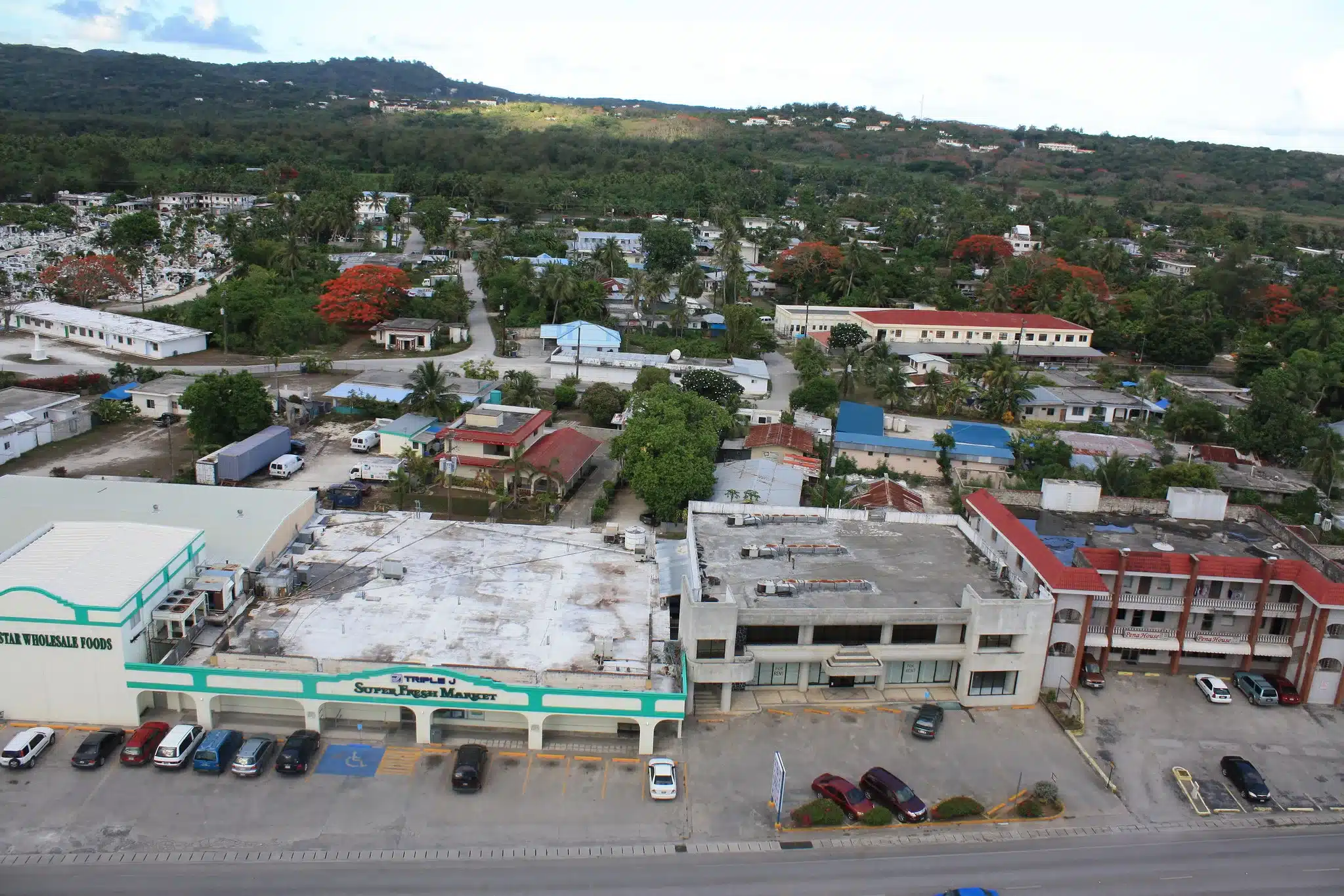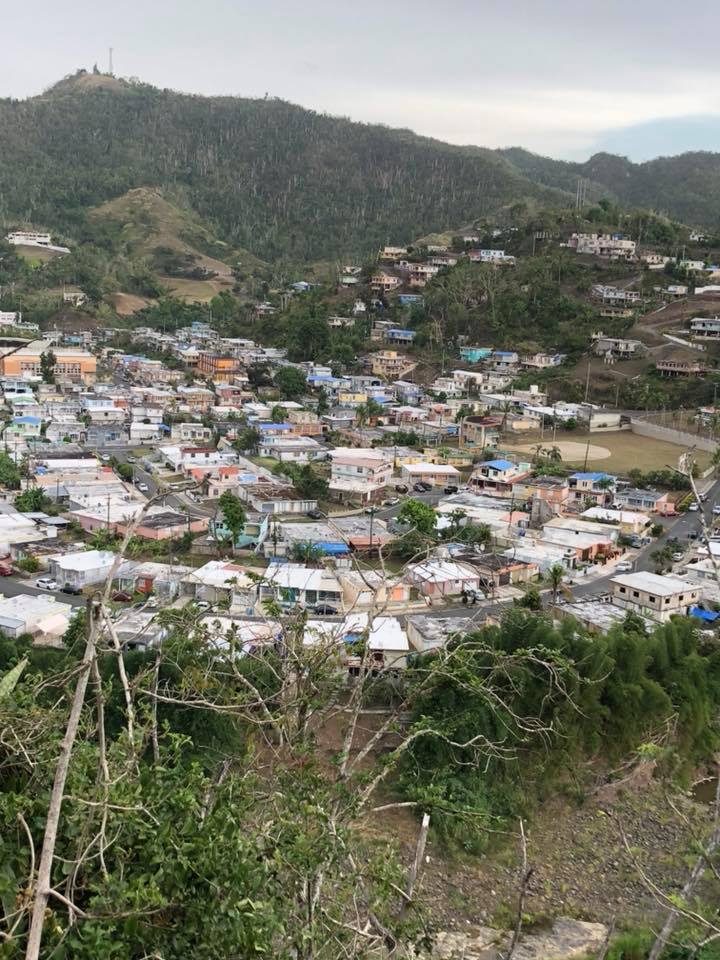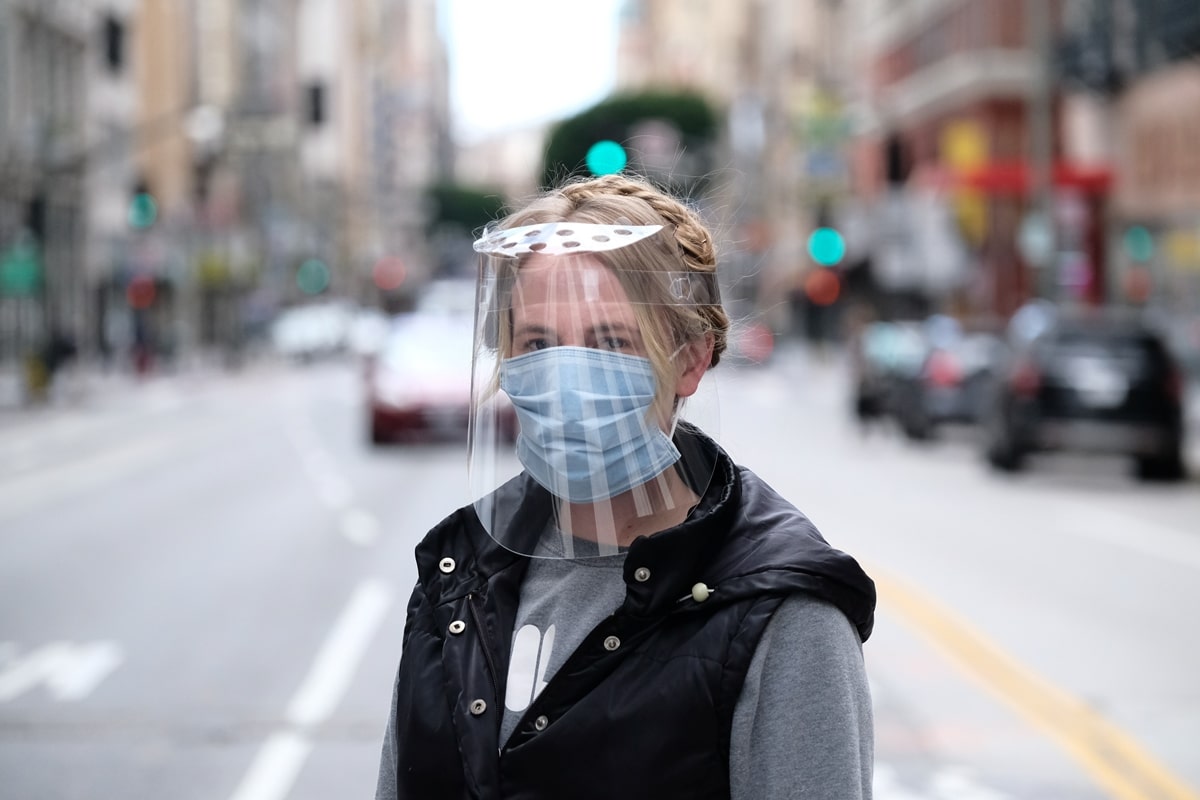Puerto Rico’s healthcare crisis could teach the US a lesson
Puerto Rico’s fiscal crisis is quickly turning into a humanitarian one. The difficulty the island has had in funding its healthcare system and the exodus of large numbers of its doctors to the United States mainland threatens the health care coverage of millions of Puerto Ricans.
The College of Physicians and Surgeons estimates that about two doctors leave the island every day. There are now only 9,000 working physicians on the island, down 36 percent from 2006, and there are far fewer medical specialists there to serve more specific needs (numbers of neurologists, surgeons, geneticists are decreasing as well). What’s more, not all of the doctors on the island accept Medicaid, which covers many of the low-income families who rely on the program for their health insurance. This medical exodus is even more concerning given Puerto Rico’s rising rates of illnesses like diabetes, hypertension, and cancer.
Although Puerto Ricans are eligible for Medicaid and Medicare coverage just like US citizens, and indeed Puerto Ricans are part of these programs, the money Washington provides to cover Puerto Rico’s healthcare expenses is often not sufficient. The Affordable Care Act provided 6.4 billion dollars to Puerto Rico in 2011 to cover healthcare expenses until 2019, but those funds are close to being exhausted. The chart below shows how total healthcare costs for Puerto Rico have risen and the breakdown of how these costs are covered. Puerto Rico is often left to cover the majority of its health care expenses because it does not receive the same treatment that US States do.
A 2015 study by the Puerto Rico Medicare Coalition for Fairness reveals how Puerto Rico is uniquely situated in the larger national discussion regarding healthcare. The Coalition found that despite Medicaid Spending Per Full-Benefit Enrollee and Healthcare costs per capita being substantially lower in Puerto Rico than in the states, Puerto Rico has shown a markedly improved healthcare system that is only slightly behind the rating that healthcare systems in US states have received. In other words, Puerto Rico is doing more with less funding.
The Puerto Rico Healthcare Crisis Coalition, a newly formed grassroots organization of patient advocates, doctors, hospitals, insurers, activists, labor unions and business leaders, has called on the Obama Administration to intervene to address this crisis. The group wants the local health care plan called Mi Salud to be stabilized by greater federal funding. The organization has highlighted the importance that the healthcare system has to the Puerto Rican economy (The healthcare industry accounts for 20 percent of Puerto Rico’s GDP, and around 100,000 people work in that industry) and the potential consequences that leaving the matter alone could exact on the island.
A policy paper by Doctor Jesse Roman of the University of Louisville Health Sciences Center chronicles what could happen if Puerto Rico’s health care crisis goes unattended. He estimates that Puerto Rico’s health care system could lose as much as half a billion dollars overall, with hospitals losing 150 million dollars, doctors losing 115 million dollars, and pharmaceutical companies losing 65 million dollars. Those with chronic medical disorders will suffer and there are a host of other consequences that would follow a failed healthcare system in Puerto Rico. Medical research and the capacity for Puerto Rican hospitals to handle foreigners would both be stunted, and demand on stateside medical care will increase as Puerto Ricans seek adequate care on mainland United States.
Of the many issues Puerto Rico must now contend with, the healthcare crisis is perhaps the most existential for the citizens of the commonwealth.

